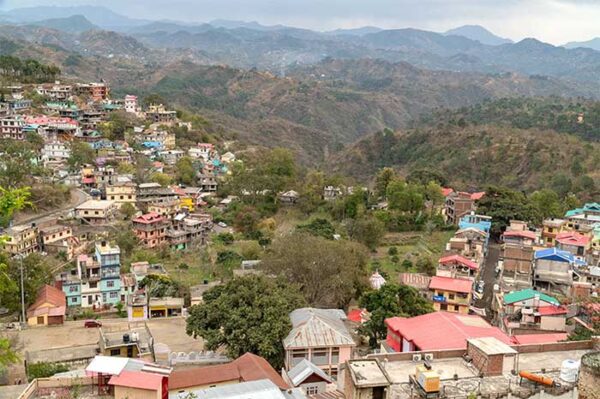British Connection
A Brief History
of Sabathu
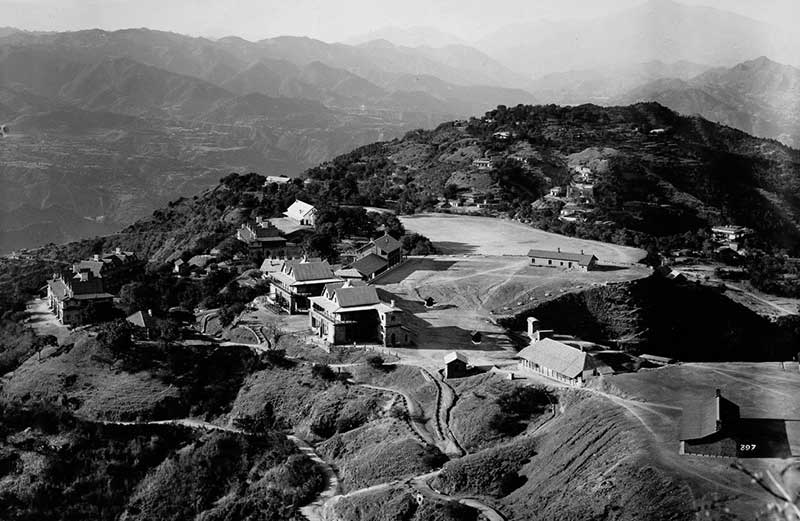
Sabathu was a major trade centre and the first town Britishers converted into a cantonment in the hills. It also served as the capital of the Hill States before Britishers decided to move to Shimla….
Gorkhas Capture Sabathu
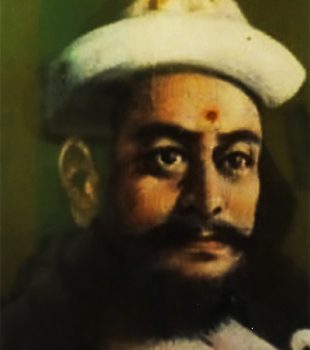
Before the Britishers arrived, Sabathu used to be ruled, though briefly, by the Gorkha army general Amar Singh Thapa, who had made the nearby Arki as his capital after defeating most of the princely states in the Himachal hills.
Thapa had captured Sabathu from the Keonthal princely state during his campaign to invade the hills of Himachal from 1805 to 1813. In these 5 years, Gorkha army defeated or took complete control of the states including Bushahr, Nalagarh (then called Hindur), Bara Thakurai or 12 Simla hill states, Bilaspur (then called Kahlur) and Sirmaur.
Due to its strategic location overlooking the plains, Sabathu was converted into an army stronghold by Amar Singh Thapa but lost it to the Britishers along with other captured princely states in the Anglo-Gorkha war of 1814-15.
Headquarters of Nasiri Battalion
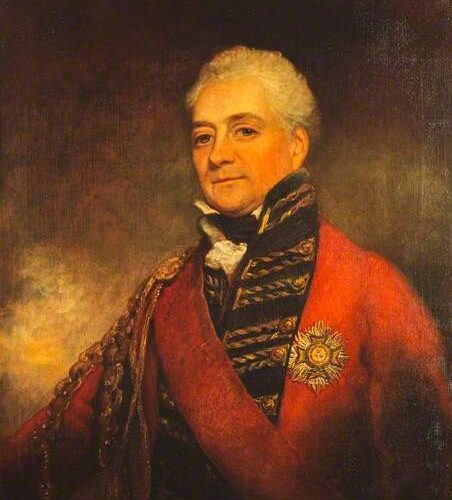
After defeating the Gorkha army, David Ochterlony, who had led the British forces, decided to retain Sabathu as a military post, precisely for the same reasons Gorkha army had. A small tract, called the Khaltu garden, was added to Sabathu from the neighboring state of Kuthar, after an annual payment of Rs 80.
Ochterlony turned Sabathu into a cantonment, the first in the Himachal hills, and also recruited defeated Gorkha soldiers into the British army. Thus was raised the Nasiri battalion in the nearby Malaun fort, the first battalion of the Gorkha regiment, with Sabathu as headquarters till 1843.
In 1843, the Nasiri battalion was moved to the Jatogh cantonment near Shimla and the barracks in Sabathu were occupied by British regiment.
Sabathu as de facto capital of the Hill States
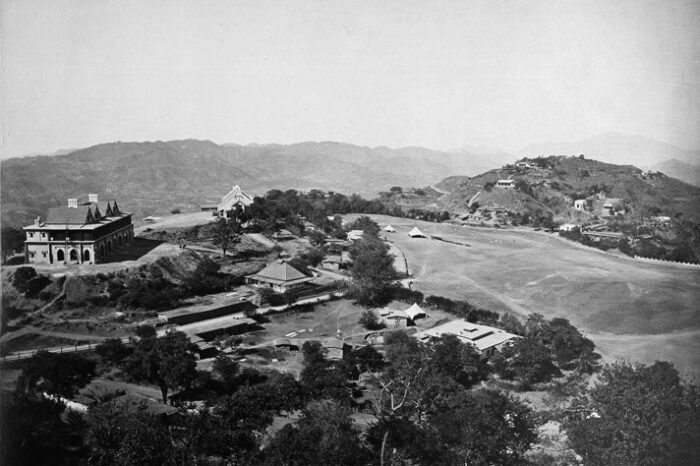
In the following years, Sabathu became the seat of British administration in the hills.
The officers commanding the Gorkha battalion were also given political powers and it was from here that these officers controlled and overlooked the affairs of the princely hill states.
Some of the British officers who were posted in Sabathu included Captain C P Kennedy, who in 1822 built the first permanent house in Shimla, and Colonel H T Tapp, who first surveyed the Kasauli hills before it was founded in 1842.
Henry Lawrence, an army officer, who had founded the Lawrence Military Asylum or Lawrence school as it is known now, in Sanawar, also used to stay in Sabathu and had moved to Kasauli following the death of his new-born daughter in 1841. British army officer Walter Gilbert, who had got himself built a house in Kasauli, had also lived in Sabathu for a brief period. Kasauli’s Gilbert Trail is named after Walter Gilbert and the Gilbert House today is the official residence of the Station Commander.
Sabathu expanded a little in the latter year as bungalows were built for the officials and their families. According to the Gazetteer of the Simla District (1888-89), “In Sabathu, there were about 30 houses occupied by British officers, a small Roman Catholic church and a school house used as a Protestant church by the 1880s.”
The barracks were occupied by the European Infantry Regiment.
In 1870, a leper asylum was established in Sabathu by Reverend John Newton of the American Presbyterian Church, which ran Ludhiana Mission. The asylum had an accommodation for 85 inmates and medicines were provided to out-door patients as well.
Trade Centre
Sabathu was also an important local trade and wool manufacturing centre in its heydays along with Rampur. There was a colony of Kashmiri weavers, who used to manufacture ‘Rampur Chaddars’ and were the principal suppliers to the markets in Shimla and Delhi. The shawls made in Sabathu were considered superior to those of Ludhiana and Amritsar.
Sabathu loses its shine
After Shimla became the summer capital, Sabathu lost its political relevance and ended up being just another British cantonment. Today, curious travelers find themselves in Sabathu to explore its past and the scenic beauty of the surrounding hills, none of which have lost their charm.



